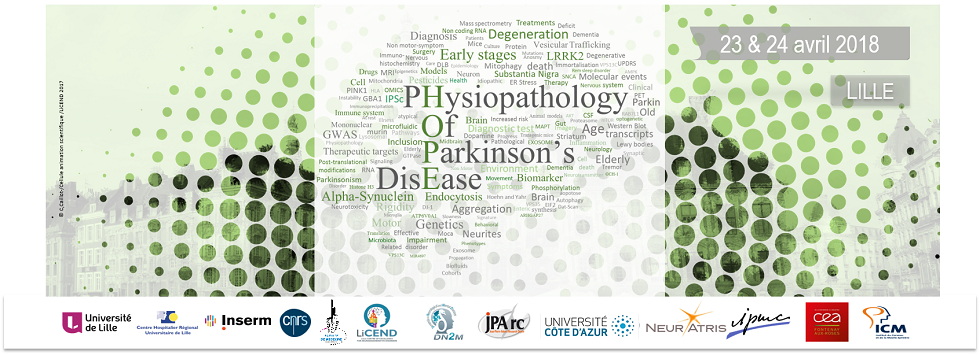Background. Impulse control disorders (ICDs) in medicated Parkinson's disease (PD) patients are associated to impulsivity, which is multifaceted. To date, it is unclear whether ICDs are only related to cognitive impulsivity, or additionally involve motor impulsivity. While several studies have evidenced dysfunctions of the neural networks underlying motivation, reward, and decision making, only a few have suggested that dysfunctions of motor inhibition might play an additional or a confounding role in ICDs. One origin of the problem is associated with the inherent limitation of rCBF studies to discriminate multiple concurrent excitatory and inhibitory mechanisms.
Methods. Electroencephalography (EEG) offers the opportunity to discriminate separate neural processes on the basis of their spectral signature, with good spatial resolution after advanced blind source separation. We used EEG to investigate resting state cortical oscillatory signatures of ICDs in PD, as it allows probing abnormal spontaneous activity (i.e., not task-related activity) in both cognitive and motor circuits. Twenty-seven PD patients with ICDs (23M/4F; mean age=61.9±6.7; disease duration=10.2±5.5), screened for ICDs using the Questionnaire for Impulsive-Compulsive Disorders in PD (QUIP=2.48 ±1.45), were compared to 22 PD patients without ICDs (18M/4F; mean age=58.2±7.6; disease duration=8.6±4.6; QUIP=0). Clinical data, including motor signs (as assessed by the UPDRS-III) and cognitive/psychiatric features, were recorded. We performed blind analyses of resting state spectral activity (i.e., with no a priori about anatomical sources or frequency bands).
Results. ICDs are characterized by a significant increase in relative alpha power (associated with local inhibition) and a decrease in gamma power (associated with central command control) in two sources located in the medial prefrontal cortex (which is part of the motor inhibition network).
Conclusion. Our data strongly suggest that executive dysfunctions related to action control might play a substantial role in ICDs.

 PDF version
PDF version
